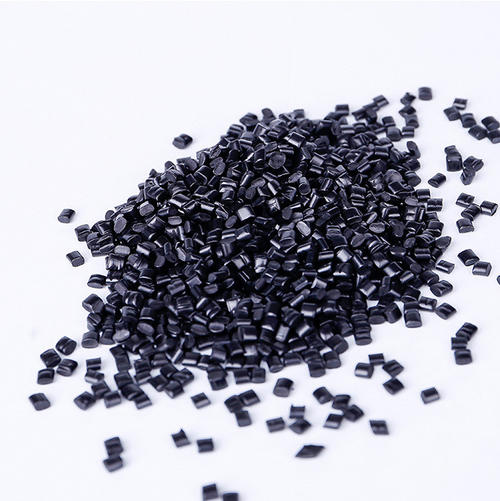Classification of conductive plastics
Classification of conductive plastics
1.1. According to electrical performance classification, it can be divided into: insulators, anti-static materials, conductive materials, and high conductors. Insulators are typically those with a resistance value above 1012 Ω· cm; A semiconductor or anti-static material with a resistance value within the range of 105 to 1011 Ω· cm; A conductive body with a resistance value below 105 Ω· cm; A high conductor has a resistance value below 100 Ω· cm or even lower.
1.2. According to the production methods of conductive plastics, they can be classified into structural conductive plastics and composite conductive plastics
1.2.1 Structural conductive plastics, also known as intrinsic conductive plastics, refer to plastics that have inherent conductivity or have conductivity after chemical modification. The synthesis process of structural materials is complex, costly, and currently quite expensive. It is a conductive plastic, and once the research and development bottleneck occurs, it will bring unimaginable impacts to our lives.

Structural polymer conductive materials mainly include:
(1) π - conjugated polymers, such as polyethylene, (Sr) n, linear polystyrene, layered polymers, etc;
(2) Metal chelates: such as polyketophthalocyanine;
(3) Charge mobile polymer complexes, such as polycation and CQ complexes.
1.2.2. Composite type is composed of conductive substances and polymer materials. This category has a slightly lower cost and can meet various molding requirements, making it a widely used functional polymer material. Composite conductive plastics can be divided into anti-static agent series, whisker series, metal series (various metal powders, fibers, sheets, etc.), and carbon series (carbon black, graphite, etc.) based on different conductive fillers. Production can be adjusted according to the different requirements of the product's resistance value.
1.3. According to different purposes, it can be classified into:
Antistatic materials, conductive materials, and electromagnetic wave materials.
Article source: Taishan conductive masterbatch
-
04-11
Taishan conductive PP masterbatch: How to use defoaming masterbatch?
Defoaming masterbatch is suitable for enterprises that use PE and PP recycled plastics for product production. The trace amount of moisture contained in raw materials has a very serious impact on the
-
11-13
Characteristics and uses of conductive masterbatch plastics
Characteristics and uses of conductive masterbatch plastics1、 Characteristics of conductive masterbatch plastics:① Most plastics are lightweight, chemically stable, and will not rust;② Good impact res
-
10-13
What is PP talc powder masterbatch
What is the masterbatch of PP talc powder?PP talc powder masterbatch is a plastic modified filler, mainly composed of talc powder, which is a particle mixed with polymers or other carriers. It is main
-
08-09
Taishan Conductive Cloud Masterbatch Manufacturer Tells You Why to Use Conductive and Anti static Engineering Plastics
1. The fundamental physical properties of static electricity are:(1) Attracting or excluding;(2) There is a potential difference with the earth;(3) Discharge current will occur.These three characteris

